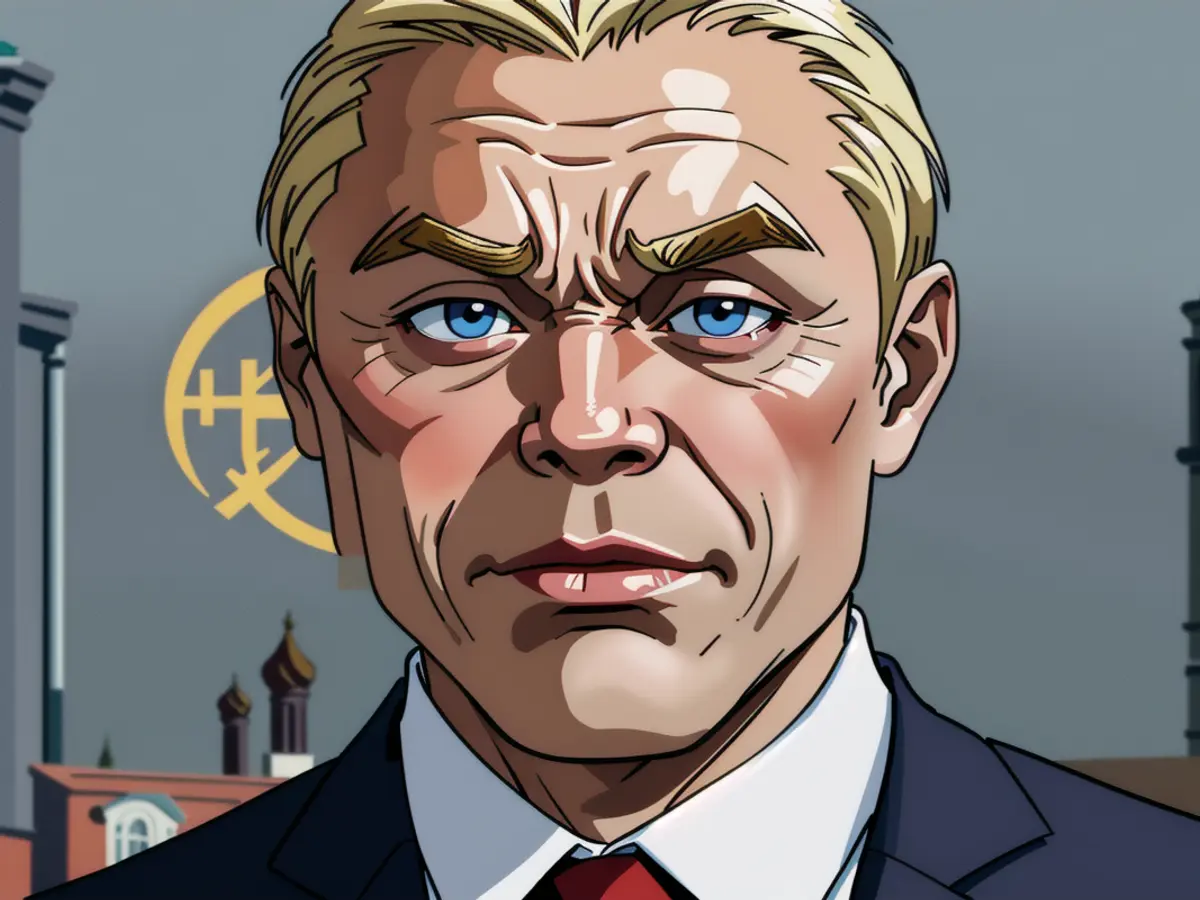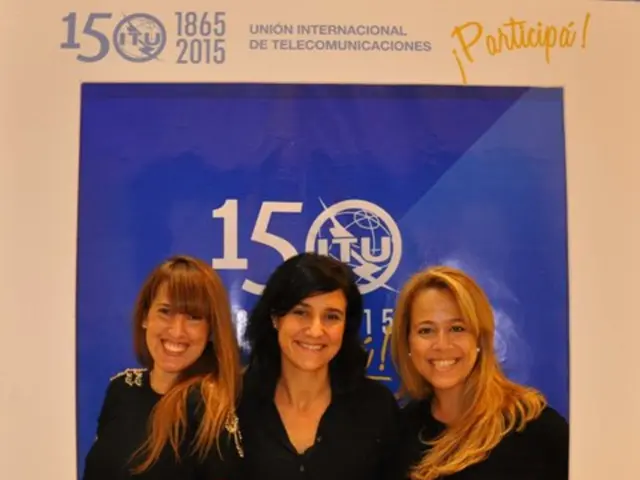Russia and Ukraine blame one another for breaching the temporary Easter truce.
In the aftermath of a brief Easter ceasefire announcement, both Ukraine and Russia have hurled accusations at each other, with President Volodymyr Zelensky of Ukraine accusing his counterpart, Vladimir Putin, of merely seeking positive publicity.
Putin's surprise declaration on the 18th, instructing his forces to halt military activities from 6 p.m. Moscow time on the 18th (11 a.m. ET) until midnight on the 20th (5 p.m. Sunday ET), sparked instant doubt from Ukraine, despite Kyiv agreeing to the truce.
Questions arose over Putin's intentions behind the temporary halt to hostilities, which came shortly after the Trump administration threatened to abandon peace efforts unless tangible progress was evident.
Zelensky claimed that Ukraine's military had witnessed an escalation in Russian shelling and kamikaze drone attacks since 10 a.m. local time on the 19th. He stated, "Either Putin doesn't have complete control over his army, or the situation shows that Russia has no genuine intent to bring the war to an end, and only seeks favorable media coverage."
Meanwhile, Russia voiced accusations that Kyiv had violated the temporary truce hundreds of times since the 18th evening. Between the initiation of the ceasefire at 6 p.m. local time and midnight, there were reported 387 instances of shelling and 19 assaults by Russian forces, according to Zelensky in a post on X.
"Overall, as of Easter morning, it's clear that the Russian army is giving the impression of a ceasefire while still attempting to advance in some areas and inflict losses on Ukraine," Zelensky asserted, citing a report from General Oleksandr Syrskyi, Commander-in-Chief of Ukraine's Armed Forces. He also mentioned that Russian forces conducted artillery strikes and used drones in the Kursk region - the site of a shock Ukrainian incursion last year.
However, there does seem to be a lull in the near-daily, deadly aerial attacks on Ukraine. The Ukrainian Air Force reported no aerial threats from missiles or drones from Russia since the 19th night, while Russia's Defense Ministry did not report any drone or missile attacks on Russia overnight.
Russia's defense ministry, in turn, claimed that its forces had adhered strictly to the ceasefire since 6 p.m. on the 18th evening, and accused Ukraine of violating the temporary truce over 1,000 times. They alleged that Ukrainian units had shot at Russian positions 444 times during the night, launched over 900 drone attacks, and used 48 plane-type UAVs, leading to civilian casualties and infrastructure damage.
Zelensky has called for the ceasefire to be extended to 30 days, in alignment with a US-led proposal last month that Russia rejected. Despite the allegations of numerous violations, Zelensky has kept his proposal open, indicating that he is still open to negotiations.
Ukraine's Armed Forces have pledged to obey orders to limit fire on Russian forces but will not be restrained if attacked first. A commander on the ground warned, "Yesterday we were told to limit fire against the Russians. If they don't assault or provoke us, we don't fire. If they move or fire at us, we can retaliate."
Putin justified the ceasefire on humanitarian grounds, adding that his troops would respond to any provocations. The episode reinforces the fraught and contested nature of temporary humanitarian pauses in the ongoing conflict, demonstrating the challenges in bringing lasting peace to the region.
CNN's Catherine Nicholls and Ivana Kottasová contributed reporting.
Enrichment Data: Following the brief Easter truce declared by Russian President Vladimir Putin, both Ukraine and Russia have accused each other of violating the ceasefire, resulting in renewed hostilities and mutual charges. Ukrainian President Volodymyr Zelensky reported multiple Russian ceasefire violations across the frontline since the truce went into effect on the 19th until the 21st, with an observed increase in Russian shelling and kamikaze drone attacks, particularly in the Pokrovsk and Siversk directions of Donetsk Oblast. Zelensky stated that Russian forces carried out at least 26 assaults between midnight and noon on the 20th alone, and a total of 46 assaults from midnight until 4 p.m. local time, involving heavy weapons. Ukrainian authorities documented each Russian violation and expressed skepticism over Putin's command of the Russian military, suggesting either a lack of control or an intent purely for favorable public relations rather than genuine peace efforts. Ukrainian forces reported Russian FPV drone attacks targeting civilians in the southern Kherson Oblast during the ceasefire, resulting in casualties, including at least one death and multiple injuries. Despite these accusations, Russia's Defense Ministry accused Ukraine of breaking the truce over 1,000 times, causing civilian casualties and infrastructure damage during the same period.
- In the realm of world politics and general news, the temporary ceasefire agreed upon by Ukraine and Russia during Easter, initiated by Putin, has been controversial, with both parties accusing each other of violations in Europe.
- Over the three days of the ceasefire, Ukraine reported multiple instances of Russian ceasefire violations, including an increase in shelling and kamikaze drone attacks, particularly in the Pokrovsk and Siversk directions of Donetsk Oblast.
- Ukraine's president, Volodymyr Zelensky, claimed that Russia's actions during the ceasefire showed a lack of genuine intent to end the war, suggesting it was merely for positive media coverage. Meanwhile, Russia accused Ukraine of breaking the truce over 1,000 times.
- Despite these allegations, Ukrainian forces reported Russian FPV drone attacks targeting civilians in the southern Kherson Oblast during the ceasefire, causing casualties.
- As the ceasefire came to an end, both sides continued their war-and-conflicts rhetoric, with Zelensky calling for its extension to 30 days, aligning with a US-led proposal, while Russia reportedly violated the truce a thousand times, leading to civilian casualties and infrastructure damage.








